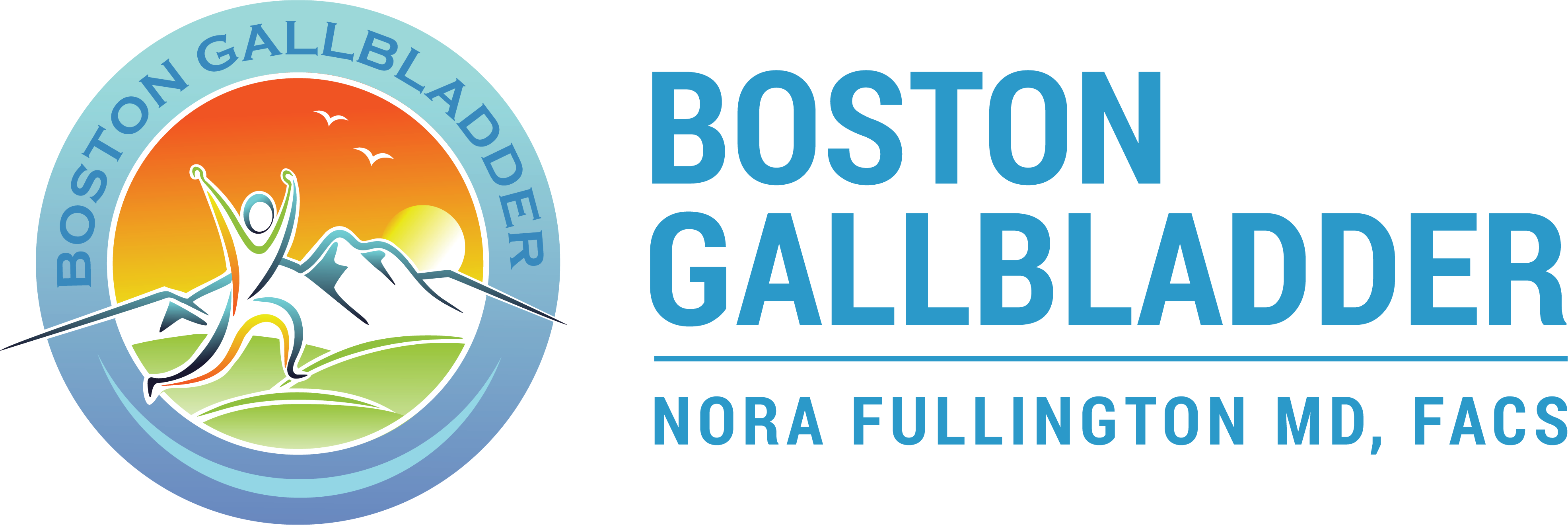The gallbladder acts to store and concentrate bile and sends that bile down into the intestines to aid in the digestion of fats after a meal. Gallbladder symptoms arise when problems occur that prevent the gallbladder from serving it’s purpose. Patients can develop bloating, belching, fullness, nausea, vomiting, foul smelling gas and loose bowel movements.
The most common cause of gallbladder symptoms involves the development of gallstones. Gallstones develop when the bile becomes over concentrated and the water is absorbed leaving behind a solid stone. These stones can block the ducts of the gallbladder and prevent the bile from exiting when the body signals the gallbladder to squeeze. This often results in sudden onset of pain in the right upper abdomen or mid upper abdomen that can travel into the back in addition to the symptoms described above. This pain can last minutes to days, can be sharp or dull, and can worsen or improve over time depending on different factors. Sometimes the pain stops just as abruptly as it started. This can mean that the stone has bounced back into the gallbladder and is no longer blocking the duct or it can pass through the ducts.
When the gallbladder remains blocked by a stone for longer than a few hours, the gallbladder can become inflamed and swollen. This is called cholecystitis. Patients can develop some combination of right upper or mid upper abdominal pain which can travel into the back along with bloating, belching, fullness, nausea, vomiting, and changes in bowel movements. Symptoms of cholecystitis often persist beyond a couple hours and can be severe. Patients often present to the emergency room when their symptoms are unrelenting. Work up can show swelling of the gallbladder wall and evidence of inflammation and infection. There are a variety of ways to treat cholecystitis depending on different factors but cholecystitis is usually treated by surgical removal of the gallbladder (laparoscopic cholecystectomy) within a few days of the onset of symptoms.
